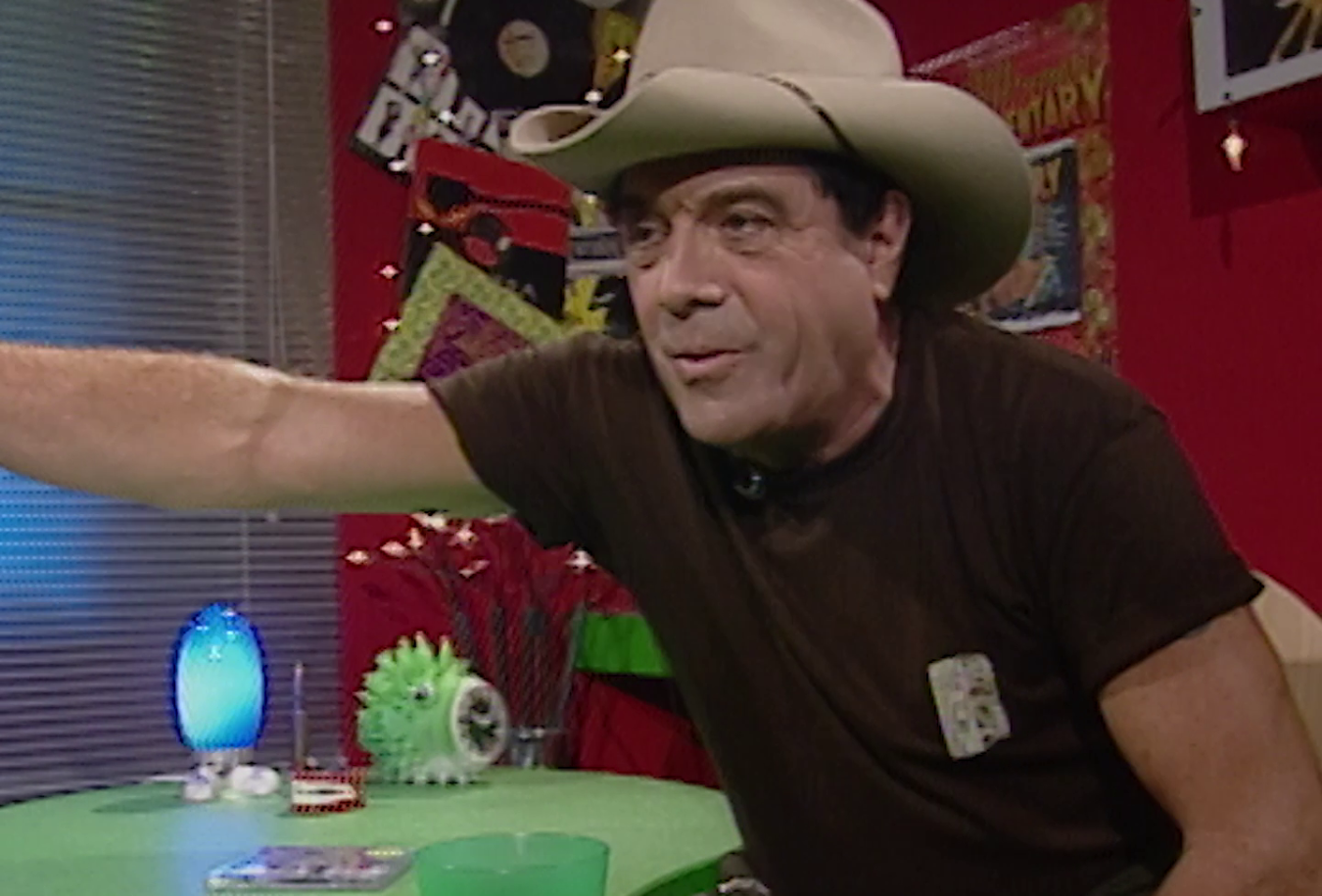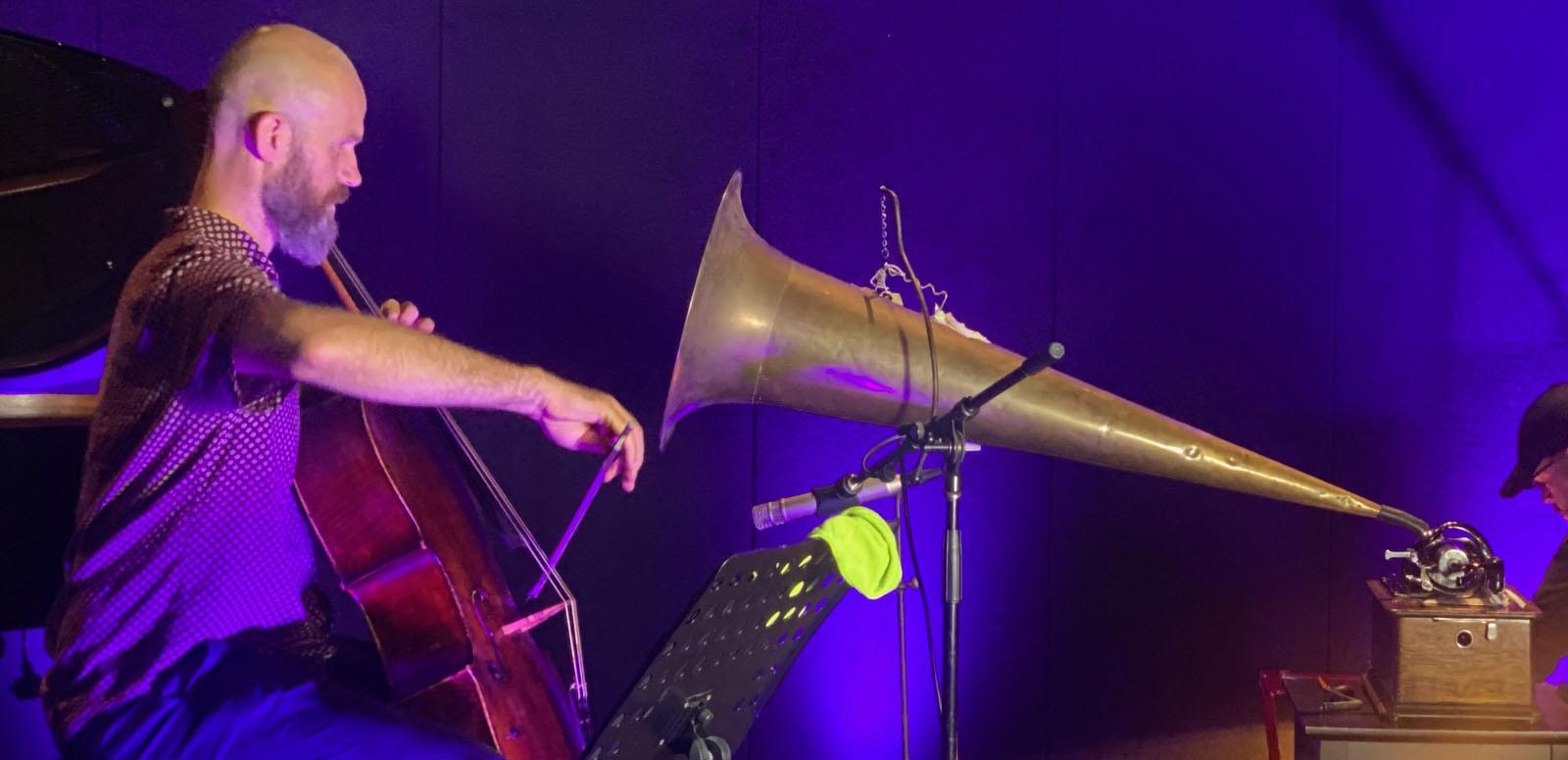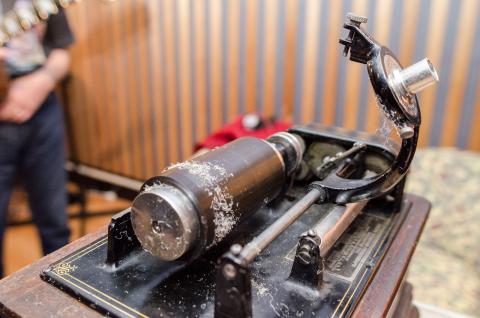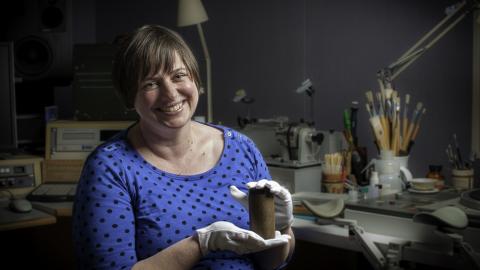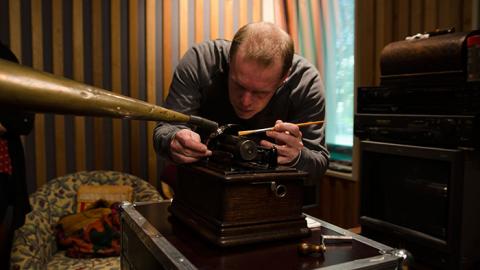In these days of algorithms and endless shuffle, reconnecting with more tangible forms of recorded music feels like a little holiday. Vinyl is resurgent, and even the humble cassette tape has come out of the glovebox and into the spotlight. If you trace the family tree of these formats way back, you’ll eventually come to the wax phonograph cylinder.
At the National Film and Sound Archive, part of our mission is to preserve audiovisual technologies, trace their evolution over time and put historical formats in conversation with today’s artists. Our 1908 Edison Standard D model phonograph has been used by a variety of musicians interested in capturing their performances as they would have done in the 19th century.
